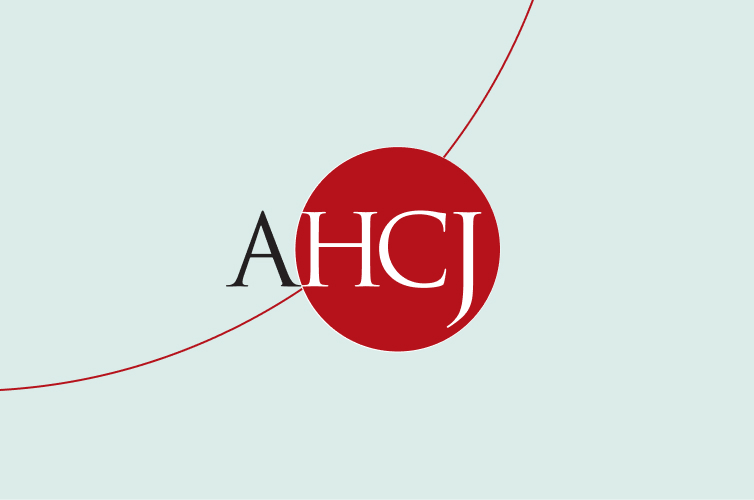Photo by Preston Keres/U.S. Dept. of Agriculture via Flickr
By Margarita Martín-Hidalgo Birnbaum
In the coming months, we’re probably going to see a flurry of stories out of Puerto Rico on health-related consequences of Hurricane Fiona. Beyond writing about the storm’s immediate impact, consider pursuing stories that offer a more nuanced look at health care trends and funding in the U.S. territory.
With that in mind, we’re offering reporting tips and resources that will help guide your reporting. The reports, the scientific studies, and the experts who we’re pointing you to will help you give context to:
-
Disease incidence and prevalence data
-
In-person and telemedicine health care services in rural and urban areas
-
Federal funding policies that apply to the Caribbean commonwealth
Demographic data
Here are the best sources for educational attainment, household income, employment, and insurance coverage trends, among others:
Data on disease trends
For the most accurate health data, you may want to turn to the CDC’s Behavioral Risk Factor Surveillance System. The Kaiser Family Foundation, for example, uses that data for its trend analyses. I would also reach out to the Puerto Rico Public Health Trust and the Harvard T.H. Chan School of Public Health collaborative health project among researchers and physicians on the mainland and the commonwealth. The University of Washington’s Institute for Health Metrics and Evaluation has historical data you may find useful.
A shared concern among public health researchers is that Puerto Rico lacks adequate long-term care options for the territory’s aging population; more than a third is 55 and older. The Claude Pepper Center at Florida State University has a list of reports and articles that address this issue.
For a more nuanced look at patterns in chronic conditions and mortality, consider comparing rates in Puerto Rico with those in states with similar socioeconomic profiles. And you may also want to compare the quality of health reported by Puerto Ricans living stateside and those living in the territory. The reports we share below are among those that look at trends in Puerto Ricans living on the mainland and living in the commonwealth:
-
Transnational Mortality Comparisons Between Archipelago and Mainland Puerto Ricans
- Cancer disparities between mainland and island Puerto Ricans

Figure courtesy of the Kaiser Family Foundation
Health care funding in Puerto Rico
You’re going to want experts to help you make sense of this, especially if you’re not well versed in Medicaid and Medicare funding. In this part of the story you may want to address Puerto Rico’s physician brain drain, which is driven in part by low reimbursement fees from federal programs.
No time like the present situation to find out how public health agencies and other institutions in Puerto Rico used the federal funding that was allocated to help its health care infrastructure recover from the damage caused by Hurricane Maria. In his visit to Puerto Rico earlier this month, President Biden pledged $60 million in disaster relief, and you may want to ask the Federal Emergency Management Agency how much of that will be in health care-related aid, as well as for rebuilding roads, water lines, sewer lines, housing and other infrastructure damaged during the storm.
Below are some resources I recommend:
-
Your Money Or Your Life: Federal Policies And Health Disparities In Puerto Rico
-
Medicaid Financing and the U.S. Territories: Implications of The Build Back Better Act
-
Health and Social Services in Puerto Rico Before and After Hurricane Maria
Margarita Martín-Hidalgo Birnbaum (@mbirnbaumnews) is AHCJ’s Health Equity Core Topic Leader. An independent journalist who has covered health disparities, Birnbaum’s stories have been published by American Heart Association News and WebMD.










